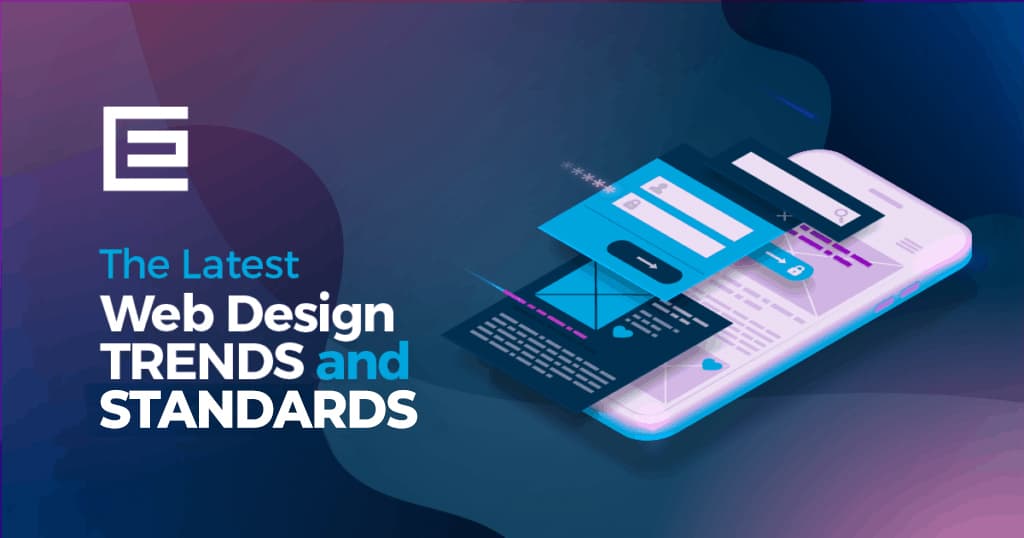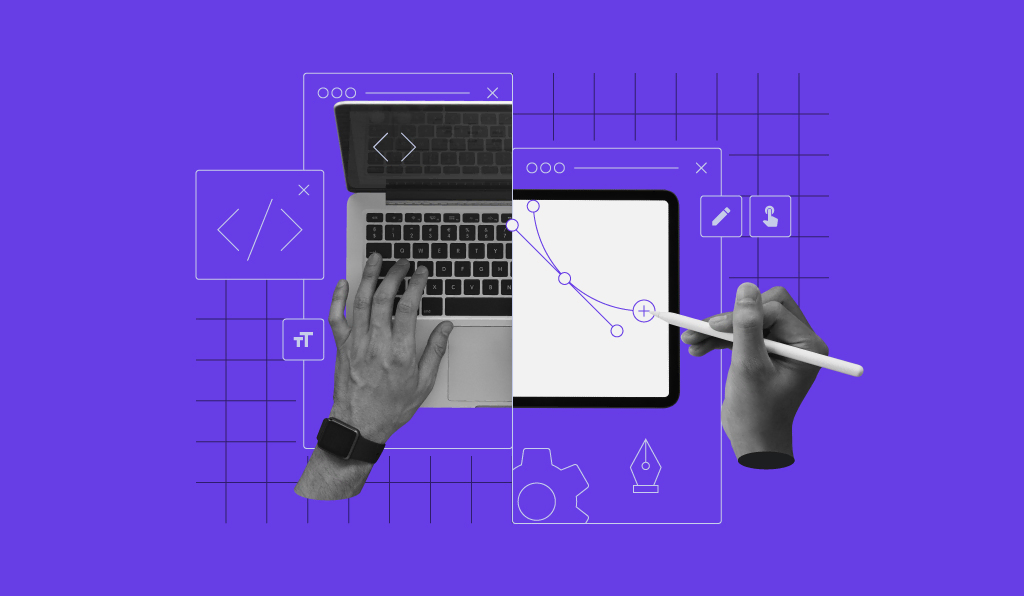Unlocking the Keys of Reliable Web Design Johannesburg Professionals
Wiki Article
Unraveling the Complexities of Responsive Website Design and Its Influence On Access and Capability Throughout Numerous Tools
Responsive internet layout (RWD) has actually arised as a fundamental method in creating electronic experiences that are both accessible and practical across varied tools. By integrating strategies such as liquid grids and CSS media queries, RWD not just improves customer engagement however also addresses important ease of access worries for people with impairments.Comprehending Receptive Web Design
Receptive website design embodies the principle of versatility, making sure that websites offer an ideal watching experience throughout a selection of tools and screen sizes. This method utilizes versatile grids, formats, and photos, making it possible for the content to dynamically adjust based on the user's device. The increase of mobile web usage has made responsive style not just a pattern, however a requirement for contemporary internet advancement.At its core, responsive website design highlights fluidity and scalability. By making use of CSS media inquiries, designers can customize styles to varying screen dimensions, ensuring that text remains understandable and photos are presented suitably. This strategy fits the diverse range of devices, from smartphones to large desktop computer monitors, assisting in seamless navigation and communication.
Additionally, receptive website design enhances individual involvement by minimizing the requirement for excessive zooming or straight scrolling, which can interfere with the customer experience. By focusing on access, companies can reach a broader target market, ensuring that all users, regardless of tool, can access content efficiently. Ultimately, recognizing responsive website design is vital for producing websites that are not just visually enticing however user-friendly and also functional throughout varied platforms.

Secret Principles of RWD
Highlighting versatility and user-centric style, the essential principles of responsive web design (RWD) focus on producing a seamless experience no matter the gadget being utilized. One basic concept is fluid grids, which make use of relative units like percents as opposed to taken care of measurements. This technique ensures that design aspects adapt proportionally to varying screen sizes, keeping aesthetic comprehensibility.Another important concept is versatile images and media, which resize within their containing elements. web design Johannesburg. By utilizing CSS techniques such as max-width, designers can avoid photos from surpassing their moms and dad containers, making sure that visuals continue to be sharp and appropriately scaled across devices
Additionally, media inquiries play a pivotal duty in RWD, enabling designers to use details CSS designs based on the qualities of the gadget, such as height, alignment, and width. This capability enables customized experiences that enhance use and interaction.
Moreover, a mobile-first strategy is progressively favored, where layouts focus on smaller screens and considerably improve for larger tools. This concept not only maximizes efficiency but likewise addresses the growing frequency of mobile browsing. Collectively, these principles develop the foundation of responsive internet layout, promoting a easy to use and versatile electronic environment.

Effect On Ease Of Access
The combination of responsive website design plays a crucial duty in boosting availability for all individuals. By adopting a flexible format that adjusts to varying display dimensions and positionings, responsive layout makes sure that material remains conveniently navigable and legible no matter the gadget used. This flexibility is specifically considerable for individuals with handicaps, who might rely upon assistive technologies that operate better when web content is structured responsively.Moreover, responsive internet design lowers the probability of issues such as straight scrolling, which can hinder individuals with motor specials needs or visual disabilities. By providing a constant user experience throughout tools, designers can focus on availability attributes such as keyboard navigating and screen reader compatibility, allowing for a more comprehensive digital atmosphere.
In addition, online search engine significantly favor responsive layouts, which can enhance exposure for individuals looking for accessible material. Consequently, organizations and organizations are encouraged to adopt these methods not just to abide by accessibility requirements however additionally to reach a wider target market. Inevitably, responsive internet design is instrumental in promoting equitable access to details and solutions across varied user groups, thus promoting a comprehensive electronic landscape.
Capability Throughout Devices

Additionally, the efficiency of web applications can vary substantially throughout devices. Mobile phone usually have restricted processing power and slower web connections, which can impact packing times and total customer experience. It is essential for developers to maximize photos, scripts, and various other resources to click guarantee that efficiency continues to be regular and efficient, despite the tool being used.
Additionally, the layout and structure of material must adjust fluidly to various screen dimensions to maintain use. This adaptability not only enhances user engagement yet additionally minimizes stress, eventually causing greater retention rates. In summary, prioritizing capability across gadgets is crucial for developing a inclusive and efficient internet visibility that deals with the diverse needs of users.
Ideal Practices for Implementation
Implementing responsive website design effectively calls for a critical strategy that focuses on user view it now experience and accessibility. To attain this, start by taking on a mobile-first layout viewpoint, which highlights creating an optimum experience for smaller screens before scaling up to bigger devices. This approach makes certain that necessary material is focused on and that features are perfectly integrated.Following, make use of fluid grids and versatile layouts. Use family member devices, such as portions, instead of taken care of systems like pixels - web design Johannesburg. This adaptability permits material to resize dynamically based on the display's measurements, improving use across numerous devices
In addition, incorporate media questions to use specific CSS regulations based upon the qualities of the gadget, such as size, height, and resolution. This targeted strategy permits tailored experiences that satisfy the unique capabilities of each gadget.
In addition, prioritize access by ensuring that all interactive elements are quickly accessible by means of touch or keyboard. Implement semantic HTML to boost screen viewers compatibility and preserve high contrast proportions for readability.
Final Thought
In final thought, receptive internet design offers as a foundational aspect in developing accessible and practical digital experiences across diverse devices. By incorporating fluid grids, try this flexible images, and CSS media inquiries, responsive style not just enhances individual involvement yet additionally advertises fair accessibility to details for all people, consisting of those with disabilities. Adhering to best practices in implementation guarantees that web sites stay versatile, eventually promoting a more inclusive digital environment that fulfills the differing demands of individuals.Responsive web design (RWD) has actually arised as an essential approach in producing digital experiences that are both available and functional throughout diverse devices.Receptive internet style embodies the concept of flexibility, making sure that sites offer an optimal watching experience across a variety of tools and screen sizes.Stressing versatility and user-centric design, the vital principles of responsive internet style (RWD) rotate around producing a seamless experience no matter of the gadget being made use of.Performance across tools is an essential consideration in internet design, as customers engage with web content with a selection of systems, including smart devices, tablets, and desktop computers.In conclusion, receptive web style offers as a foundational aspect in creating easily accessible and functional digital experiences throughout varied devices.
Report this wiki page